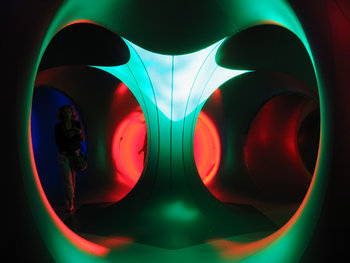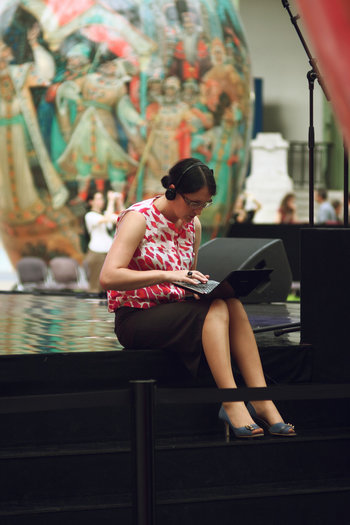
Productivity
Productivity is the amount of work the user can get done in an hour. For example, a design that automates cumbersome tasks without getting in the way such as floor plan software that calculates the materials and items required for a design automatically for an interior decorator.Efficiency
Efficiency is the amount of output you get for a unit of input. For example, a mobile device that works for days on a single battery charge.Performance
Performance such as a banking website with rocket-fast load times.Durability
A user drops their phone down a flight of stairs and it continues to operate normally.Reliability
An internet connection that never becomes slow.Safety
An elevator that refuses to shut its doors on someone.Human Error
An aircraft with direct and clear warning messages such as "go up" designed to reduce human error.Sensory
A plastic toy that smells like chemicals that is commonly returned by customers after one smell.Usability
A steaming media service that feels intuitive such that it is pleasing to use.Context of Use
Things that remain usable in most situations. For example, a baby stroller that is easy to reconfigure for rain while simultaneously helping a toddler use an umbrella.Environments
How a customer feels when they first walk into a theme park as they are surrounded by its sights and sounds.Discovery
How easily a user can find things. For example, how easily a user finds the perfect word using a thesaurus app.Structure
Structure such as a library that feels organized or a video game sequence that feels unstructured and wonderfully disorienting.Packaging
The experience of unpackaging, repacking and reusing packages. For example, batteries that come in an easy to open cardboard box that is useful for storage.Look & Feel
The overall visual impression of a design such as running shoes that look modern, light, fast and youthful.Engagement
A game-like tool that is difficult to put down.Feedback
A design that tells the user what is happening. For example, a bathtub that glows slightly to indicate water temperature using color temperature.Personalization
A tool that can be configured to user preferences.Customization
A tool that can be redesigned by the user. For example, a user interface with skins that allow customers to change everything.Privacy
Tools that allow users to enjoy privacy. For example, a privacy mode on a voice operated device that guarantees the device isn't listening.Accessibility
A design that considers the full range of human characteristics and abilities such as a door that can be easily opened by a person who doesn't have arms.Learnability
A tool that is intuitive and stable such that users don't require much time to become proficient.Meaning
Meaning such as the epic meaning behind a game.Emotion
The overall emotional impression that users get from a design. For example, an ecommerce site that looks primitive and unbalanced such that users feel uneasy providing their payment information.| Overview: User Experience Examples | ||
Type | ||
Definition | The realities of how a design is experienced by people. | |
Related Concepts | ||






























